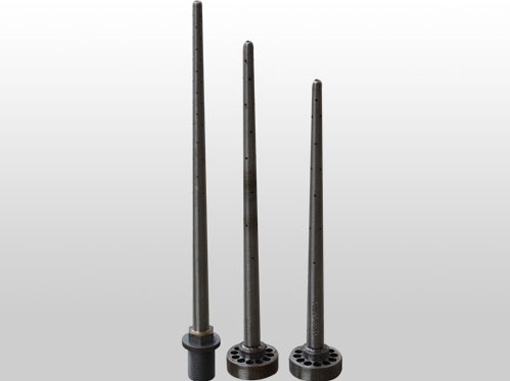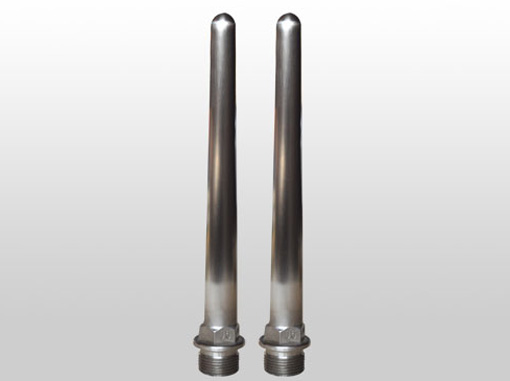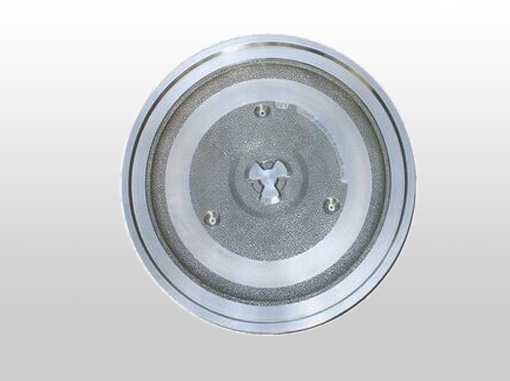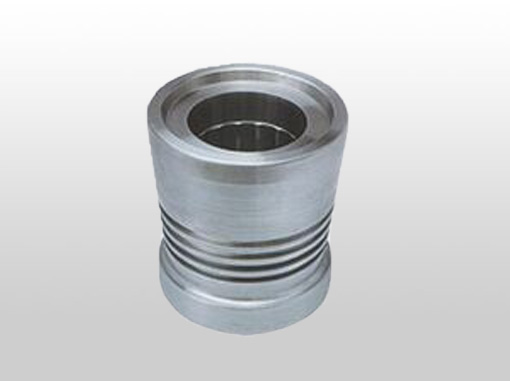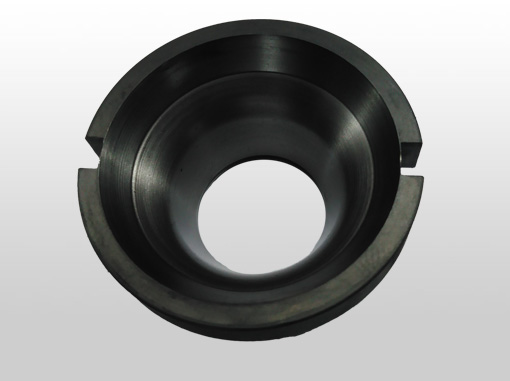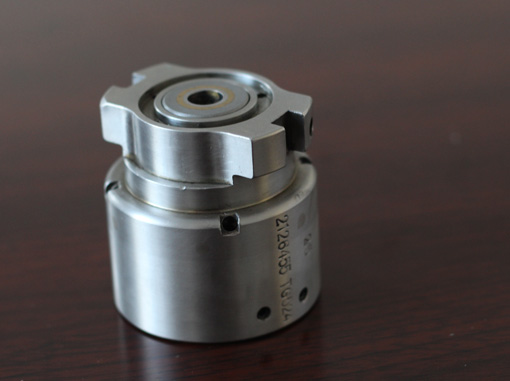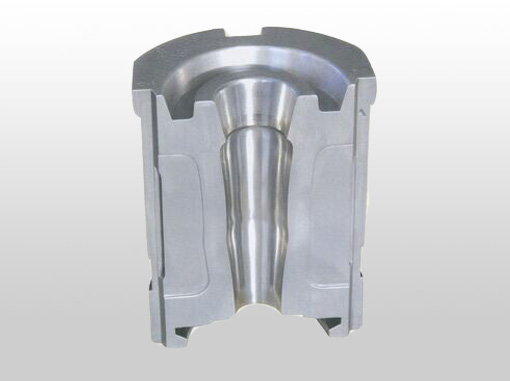15231678966 Website:
andymould.com
Please tell us what a blowing head is?
The blowing head is a component of equipment used in various industrial fields and some specific application scenarios. It is mainly used to achieve the blowing function to meet different process requirements or operational purposes. The following is a detailed introduction:
Structural Composition
- Nozzle Part: Usually the front part of the blowing head, it has diverse shapes and designs. Common ones include round, square or nozzles with special angles, which are used to eject gas in specific directions and forms. The size and number of the nozzles can be designed according to actual needs to control the gas flow rate and the spraying range.
- Connection Part: It is used to connect the blowing head with the gas source or other equipment to ensure that the gas can be smoothly delivered to the blowing head. This part usually has standard interfaces, such as threaded interfaces, quick connectors, etc., for easy installation and disassembly.
- Main Body Structure: It is the main supporting part of the blowing head. There is usually a gas channel inside, enabling the gas to flow from the connection part to the nozzle. The material of the main body structure is generally selected according to the usage environment and requirements. For example, metal materials have relatively high strength and corrosion resistance, while plastic materials have the characteristics of being lightweight and having low cost.
Working Principle
- The operation of the blowing head is based on the principle of gas pressure difference. After being connected to an external gas source, the gas source provides gas with a certain pressure. Under the action of pressure, the gas enters the internal channel of the blowing head through the connection part and then is ejected from the nozzle. By controlling the pressure and flow rate of the gas source as well as the design of the nozzle, different blowing effects can be achieved, such as uniform blowing, concentrated spraying, pulsed blowing, etc.
Application Fields
- Industrial Production: In electronic manufacturing, it is used to clean precision components such as circuit boards, blowing away dust and tiny particles to ensure product quality. In the food and beverage industry, it is used to clean and dry packaging bottles, cans, etc., removing internal impurities and moisture.
- Medical Field: In some medical devices, such as ventilators, the blowing head is used to deliver processed gas to patients, providing respiratory support for them. In oral treatment, it can also be used to dry the parts inside the oral cavity, facilitating doctors' operations.
- Scientific Research Experiments: In the laboratory, the blowing head can be used to perform operations such as purging, drying or controlling the gas atmosphere for experimental samples. For example, in materials science experiments, gas treatment is carried out on the prepared thin film materials to improve their properties.
Classification
- Classification by Use: It can be divided into cleaning blowing heads, drying blowing heads, spraying-assisted blowing heads, and gas delivery blowing heads. Cleaning blowing heads are mainly used to remove impurities such as dust and debris on the surface of objects. Drying blowing heads are used to quickly dry the moisture on the surface of objects. Spraying-assisted blowing heads assist in the even distribution of coatings during the spraying process. Gas delivery blowing heads are mainly used to deliver gas to specific positions or equipment.
- Classification by Structural Form: There are single-nozzle blowing heads, multi-nozzle blowing heads, adjustable-angle blowing heads, and rotating blowing heads. Single-nozzle blowing heads have a simple structure and are suitable for blowing at a single position. Multi-nozzle blowing heads can blow at multiple positions or over a larger area simultaneously. Adjustable-angle blowing heads can adjust the blowing direction according to needs. Rotating blowing heads can achieve 360-degree rotating blowing to expand the blowing range.
next:none
